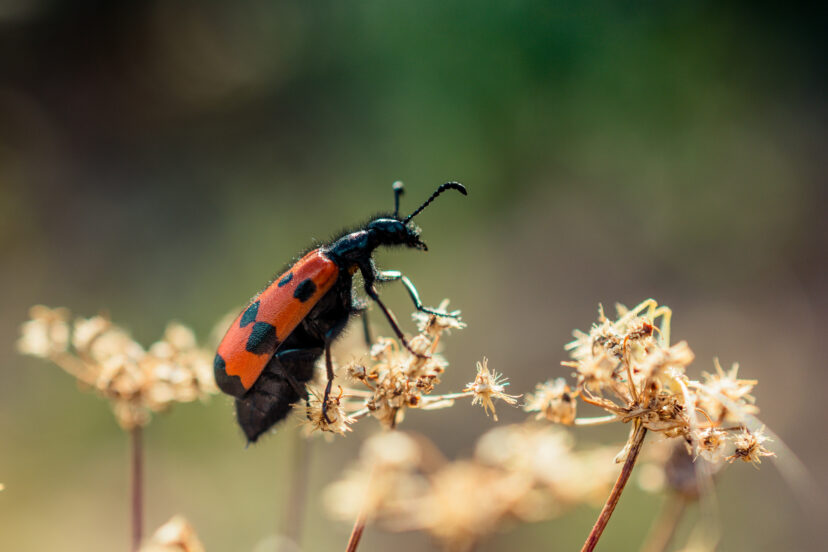Depth of Field Photography
Let’s be honest—mastering photography isn’t just about having the latest gear or the perfect lighting. It’s about control, and nothing gives you more creative control than understanding depth of field. Whether you’re going for that creamy bokeh background or tack-sharp landscapes from front to back, depth of field is your best friend (or worst enemy if you don’t understand it). Let’s break it all down together—photo nerd to photo nerd.
What Is Depth of Field (DoF)?
So, what is depth of field exactly?
Basic Definition
In simple terms, depth of field refers to how much of your image appears sharp and in focus. It’s the distance between the nearest and farthest objects in your scene that still look sharp.
Why It Matters in Photography
Think about those portraits where the background just melts into a soft blur—yep, that’s shallow DoF. Or those wide-angle shots where everything is tack sharp from the rocks in front of you to the mountains in the distance? That’s deep DoF. Knowing when and how to use each gives your photos that professional pop.
The Two Types of Depth of Field
Let’s split this into two flavors: shallow and deep.
Shallow Depth of Field
This is the blurry background look—perfect for portraits, close-ups, and artistic compositions. It makes your subject pop and helps eliminate distractions.
Deep Depth of Field
This keeps almost everything in your frame sharp. It’s essential for landscapes, architecture, and anything where you want the whole scene in crisp focus.
The Three Pillars That Affect Depth of Field
Three main settings control depth of field. Think of them like ingredients in a recipe.
Aperture
This is the big one. A wide aperture (like f/1.8) gives you a shallow DoF. A narrow aperture (like f/16) increases DoF. Think of your aperture as the eye’s pupil—the more open it is, the blurrier the background.
Distance to Subject
The closer you are to your subject, the shallower your depth of field becomes. That’s why macro shots have such tiny focus areas—it’s like threading a needle.
Focal Length
A longer lens compresses the background and gives you less depth of field. A wider lens does the opposite. A 200mm lens at f/2.8 looks way blurrier than a 35mm at the same aperture.
How to Control Depth of Field Creatively
Let’s get artsy. Here’s how I use DoF for visual storytelling.
Isolating the Subject
Want your viewer’s attention to go straight to the subject? Use a shallow DoF. Blur out the messy background, and boom—focus locked on the eyes, the action, or the detail.
Creating Environmental Context
On the flip side, sometimes you want to show off the setting. Use a deeper DoF to keep the background in play—especially in travel or street photography where the surroundings add story.
Camera Settings for Different Depths of Field
Here’s how I personally dial things in depending on what I’m shooting.
Portrait Photography Settings
-
Aperture: f/1.4 to f/2.8
-
Focal length: 85mm–135mm
-
Distance: Get in close to boost background blur
Landscape Photography Settings
-
Aperture: f/8 to f/16
-
Focal length: 14mm–35mm
-
Use a tripod and focus one-third into the frame for maximum sharpness
>>> see range and prices of DSLR camera kit bundles HERE <<<
How Lens Choice Impacts Depth of Field
Your lens is more than just glass—it’s your perspective.
Prime vs Zoom Lenses
Prime lenses usually have wider apertures (f/1.4, f/1.8), which give you more control over shallow DoF. Zoom lenses can be versatile but often start at f/2.8 or narrower.
Using Wide-Angle vs Telephoto Lenses
Wide-angle lenses naturally have more depth of field and are perfect for landscapes or architecture. Telephoto lenses isolate your subject and compress your scene—ideal for sports or portraits.
Composition Tips Using Depth of Field
Depth of field can do more than just blur—it can direct, frame, and highlight.
Rule of Thirds with Shallow DoF
Position your subject off-center and use the background blur to enhance rather than distract. It draws the viewer’s eye straight to where you want it.
Leading Lines and Deep DoF
In landscapes or cityscapes, use paths, fences, or rivers as leading lines, and keep them all in focus for a visually engaging frame.
Shooting Scenarios to Practice Depth of Field Photography
Wanna get hands-on? Here are some fun practice ideas.
Macro Photography
Shooting a flower or insect up close? Use a wide aperture and get close. Your focus will be razor-thin, but that’s part of the magic.
Street Photography
Play with isolating subjects in a busy background using shallow DoF, or use deep DoF to show entire scenes full of life.
Food Photography
Blurring the background helps make your dish stand out. But sometimes including a bit of context—like ingredients—adds flavor to the shot.
Common Mistakes and How to Avoid Them
Let’s talk about the pitfalls—because we’ve all been there.
Overdoing Background Blur
Yes, creamy bokeh is nice. But too much can make your shot feel flat or overly edited. Always ask: Does this serve the story?
Forgetting the Foreground
In landscape shots, people focus so much on the horizon they forget the foreground. Use it! It gives depth and makes your image more immersive.
Post-Processing for Depth Enhancement
Can you tweak depth in editing? You bet. Just don’t overcook it.
Using Selective Blur in Lightroom or Photoshop
Use radial filters or masks to add subtle background blur. Be careful—it should enhance, not look artificial.
Dodging and Burning to Accentuate Focus
Brightening your subject and slightly darkening the background is a sneaky trick I use all the time. It mimics natural depth and adds drama.
Conclusion
Depth of field is like the seasoning in photography—it transforms a plain image into something flavorful and engaging. Whether you’re capturing dreamy bokeh or vast, detailed landscapes, mastering DoF lets you speak visually without saying a word. The more you understand and experiment with it, the more creative freedom you’ll feel behind the lens. So go out, twist that aperture ring, and start playing with your photographic depth!
>>> see range and prices of DSLR camera kit bundles HERE <<<
FAQs
1. What’s the easiest way to control depth of field?
Start with your aperture. Use your camera’s Aperture Priority mode (A or Av) and experiment with different f-stops.
2. Can I change depth of field on a smartphone?
Yes! Many modern phones offer Portrait Mode or allow manual focus and aperture settings through apps like Halide or ProCamera.
3. Why is my background still in focus at f/2.8?
Check your distance to the subject and your focal length. You might be too far or using a wide lens.
4. Is bokeh the same as shallow depth of field?
Not quite. Shallow DoF creates bokeh, but bokeh refers to the quality of the blur, especially how light appears in the out-of-focus areas.
5. What’s a good practice challenge to improve my depth control?
Try photographing the same subject at various apertures, distances, and focal lengths. Review the results and see how each change affects depth.
Further reading
Check out our other relevant articles:
Here are two authoritative resources that provide educational guidance and commentary on depth of field photography:
-
Depth of Field: The Definitive Photography Guide – PhotoPills
This comprehensive guide delves into the theoretical concepts of depth of field, including hyperfocal distance and circle of confusion. It also offers practical tools like DoF calculators and inspiring images to help photographers gain creative control over focus in their images. -
Understanding Depth of Field – A Beginner’s Guide – Photography Life
This beginner-friendly article explains the concept of depth of field, its importance in photography, and how factors like aperture, subject distance, and focal length influence it. It’s a great starting point for those new to the topic.
These resources offer valuable insights and practical tips for photographers aiming to master depth of field in their work.
.




